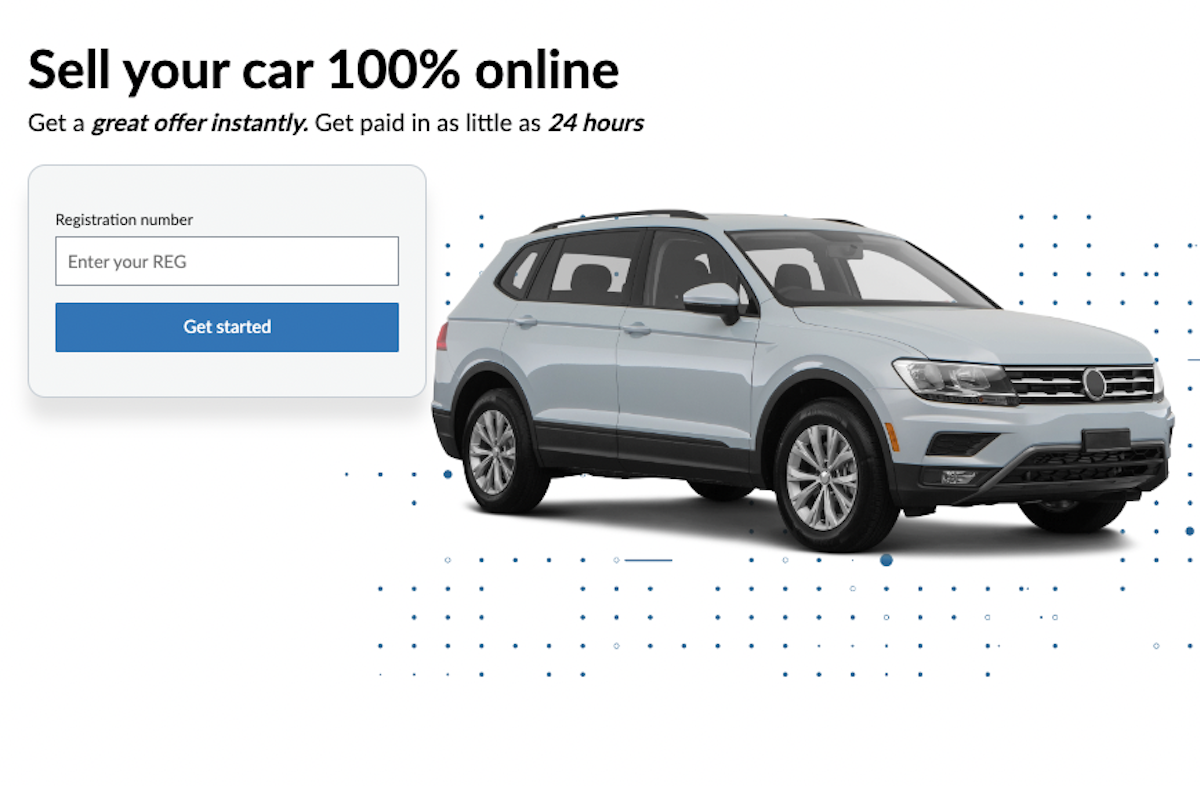You could be selling a car, a house, or a laptop – it doesn’t matter. The sale will be that much smoother if you have all the right documents to hand from the very beginning.
This is particularly important for cars, not only because of the legal requirement to register a change of owner with the DVLA, but also because prospective buyers are attracted to used cars with their paperwork in good order.
The phrase 'full service history' isn’t splashed all over adverts for nothing, and it’s just one example of how the right documents can work in a seller’s favour. Here’s our list of the key paperwork to gather before you get advertising.
What Paperwork do I Need to Sell my Car?
- Logbook
- Service History
- MoT Certificate
- Warranty
- Proof of Purchase and Reservation Receipts
- Parts Receipts and Repair Receipts
- Insurance Policy

Logbook
The V5C registration document – also known as the vehicle logbook or the registration certificate – is the single most important document for used car sellers. It proves that you own the vehicle and it’s also what you’ll need to inform the DVLA that you are no longer the registered keeper. Our article on how to tell the DVLA you’ve sold your car explains exactly what you need to do with the V5C logbook when the car is transferred to a new owner.
Service History
An up-to-date service book is a huge draw for potential buyers and a key component in ensuring you get the best price for your car. A patchy history – or none at all – is a turn-off, because it just looks as though the car hasn’t been well maintained (which may be true), but evidence of proper maintenance is a surefire way to a better valuation.
Some manufacturers store service histories digitally for newer cars so, if that applies to your model, make sure that you have access and you can show it to a prospective buyer.
MoT Certificate
Any car over three years old will need an annual MoT test to prove that it’s safe and roadworthy, and a valid pass certificate from a reputable testing centre is the sort of thing buyers like to see. If you’ve lost your car’s MoT certificate, then you can order a free online replacement from the gov.uk website. You just the need the vehicle’s registration number and the 11-digit reference number from the vehicle log book.
Warranty
A new car warranty is almost always transferrable to subsequent owners. The industry standard is three years and 60,000 miles, but several manufacturers offer longer periods of cover and higher or unlimited mileage. Dealers will often provide used cars with a warranty, too – particularly franchised retailers selling vehicles under approved used schemes – and these may or may not be transferrable to the new keeper.
If any of that applies to your car, then it’s worth advertising it, because it’s a good selling point. You’ll need to tell the warranty provider that the car has changed hands if the cover can be transferred, and give the new owner the paperwork.
Proof of Purchase and Reservation Receipts
Buyers often pay a deposit to secure car, then stump up the rest of the funds when they collect it, and the seller needs to give the buyer a reservation receipt to prove that this has taken place. It should be standard practice at dealerships and with any other car buying service, but it’s something you need to remember to do if it’s a private sale, and the document needs to include the following:
- The full name of the seller and the buyer and their signatures
- The make and model of the car
- The car’s registration number and its vehicle identification number (VIN)
- The cost of the deposit and details of the remaining funds to be paid
- The date the deposit was paid
You should keep a copy for yourself and give one to the buyer. When they return to finalise the payment and collect the car, repeat the process after they have paid, replacing details of the deposit with sale price of the vehicle.
Parts Receipts and Repair Receipts
These arguably come under the banner of the service history, but if the car has had any work done that falls outside the realm of scheduled maintenance – parts, repairs, new tyres etc – then it’s worth hanging onto the invoice from the garage. Buyers like transparency, and anything that helps to clearly illustrate a car’s history is a bonus.
These kinds of receipts can also help if the car is ever subject to a warranty claim, because the manufacturer may want to know what kind of parts the garage used. Block Exemption rules mean consumers can get their get their car serviced or repaired at any garage without compromising its new car warranty, but any replacement parts the garage fits must meet the original OEM standard. A solid paper trail will help if the manufacturer questions that.
Insurance Policy
You don’t need to pass it on to the buyer, but it is worth having your insurance documents handy when you sell your car. If you plan on offering them a test drive, then check to see if your policy covers other drivers when they get behind the wheel. The buyer’s own policy may cover them for a test drive; if it does, ask to see their policy so you can be sure and, if in doubt, ask the insurance company.
You will also need to contact the insurer to cancel your policy after you’ve sold the car. They may charge an administration fee for cancellation but, if you pay for your insurance annually, you might get a refund for any full months you haven’t used.




